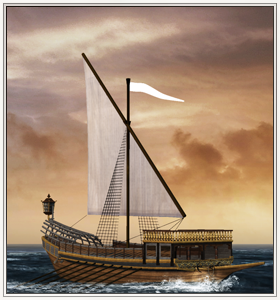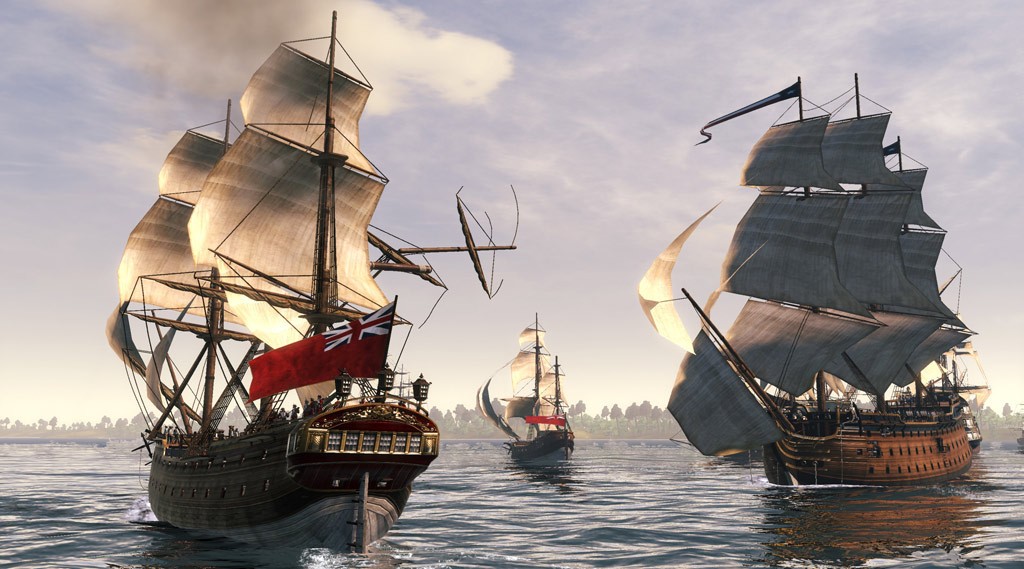

Total War’s land battle engine is a mature thing which has evolved and improved steadily across several releases. Whilst all of this goes on, new features are steadily being added to the battles. Currently there are almost 50 ships up and running, with many more in the pipeline. Using such information as a guide, we created factional variants of the ships we already had, and even added several whole new types where they were needed. For example, Britain’s strategy was to project its power at sea through weight of numbers, so it tended to build strong ships which could remain at sea for long periods without falling to bits and which were able to fight their corner in a battle.

This began to reveal general trends in the shipbuilding policies of different nations. We examined naval engagements from various points in our period, looking at the tactics used and the wider factors behind those tactics. As fans would expect, we spent a lot of time on research and this was a far wider-ranging process than simply looking at the ships themselves. Next came the flavour element: what differentiated French ships from British ones? What differences were there between Spanish vessels and those of the Ottomans with whom they shared the Mediterranean, and so on.

Even at this early stage, the engine was a complex beast and we were able to simulate the whole range of handling characteristics from the fast and nimble little sloop, able to out-sail almost anything into a wind, to the ponderous first rate line of battle ship, a mobile artillery battery which is happiest with the wind blowing on its rear quarter. Step one was to get a feel for the ships of the period and their general capabilities. This is something which we’ve taken the greatest pains to carry over to the naval side of things. Every unit is in turn part of a wider roster unique to each faction, providing flavour and reflecting the different historical styles of waging total war.

Previous Total War games have always boasted a broad array of units, each lovingly crafted and with its own strengths and weaknesses. As well as the changes brought to our land battles by the increasing adoption of gunpowder weapons and military drills, players will also be blown away by the smoke and thunder of Empire’s all-new naval battles. The historical setting for Empire is the 18th Century Age of Enlightenment, a time of new ideas and widespread change in many spheres, and the game reflects this in more ways than one. Most of my work is focussed on the part of the game closest to my heart: battles and the units that fight them. My name is James Whitston and I’m a designer at the Creative Assembly’s UK office where we’re currently working on Empire: Total War, the latest in the epic series of Total War games.


 0 kommentar(er)
0 kommentar(er)
